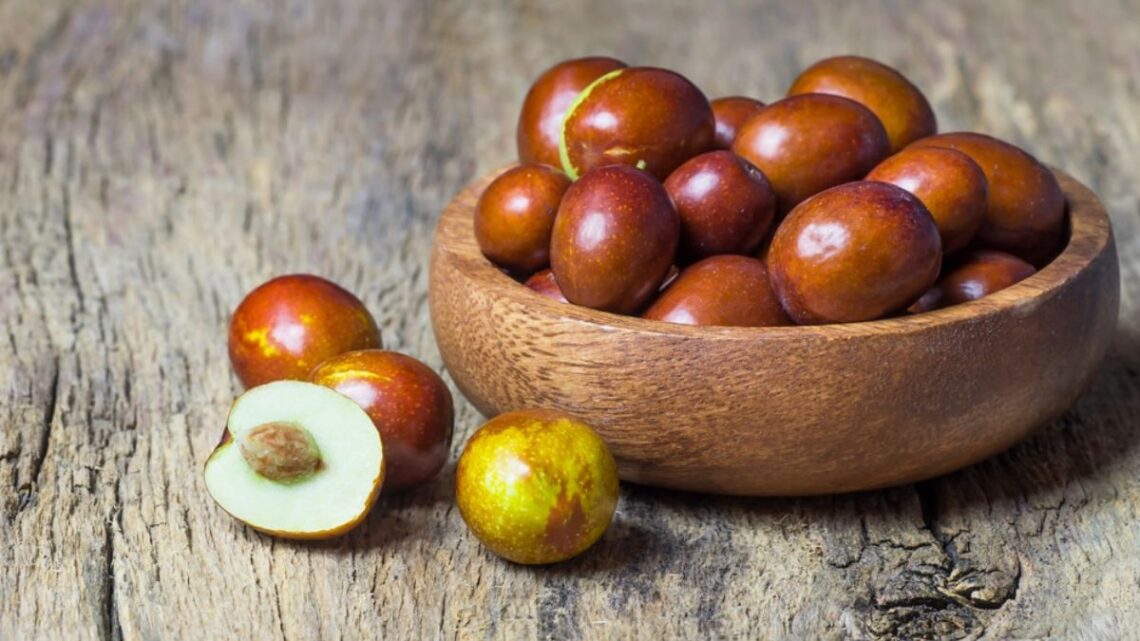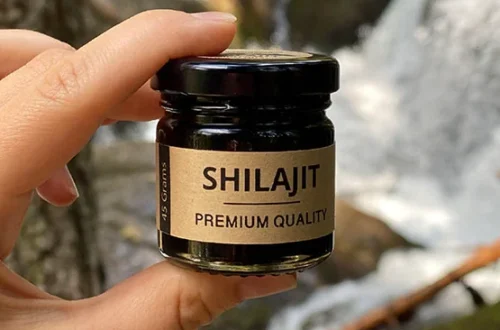Introduction to Žižole
If you’ve never heard of “žižole,” don’t worry—you’re not alone. Also known as jujube, red date, or Chinese date, žižole are small, reddish-brown fruits that grow on a thorny shrub or small tree belonging to the genus Ziziphus. Though not widely known in many parts of the world, žižle have been prized in the Mediterranean, Middle East, and Asia for thousands of years, not only for their taste but also for their incredible health benefits.
Žižole have a unique flavor that lies somewhere between an apple and a date. When fresh, the texture is crisp, somewhat like an underripe apple. When dried, they take on a chewy consistency with a much sweeter flavor. In fact, they’re often used in both sweet and savory dishes depending on the region. In places like Croatia, Italy, and Slovenia, the fruit is cherished as a seasonal delicacy and a nostalgic symbol of simpler rural life.
So, what makes žižole so special? Is it just a tasty snack, or is there more to this obscure little fruit than meets the eye? Let’s dive deeper into the world of žižle.
Historical and Cultural Significance
Žižole may not dominate supermarket shelves, but they have been deeply rooted in various cultures for millennia. Historical records show that the fruit has been cultivated in China for over 4,000 years. From there, it spread westward through trade routes into Central Asia, the Middle East, and eventually into parts of Southern Europe.
In the Mediterranean, particularly in Dalmatian Croatia, southern Italy, and Slovenia, žižle trees were commonly found in the backyards of country homes. Children would often snack on the fresh fruit, while older generations turned them into syrups, teas, and liqueurs. In some traditions, they were even thought to bring good luck or be used as natural remedies for various ailments.
Interestingly, in Eastern cultures, the fruit is often revered not just as food but as medicine. Traditional Chinese Medicine (TCM) has long included jujube (žiole) in tonics and elixirs to improve sleep, reduce stress, and boost immunity. So, while the Western world is just waking up to its benefits, many communities have been using žižle medicinally for generations.

Nutritional Value and Health Benefits
One of the most compelling reasons to pay attention to žižole is their nutritional profile. Don’t be fooled by their size—these fruits pack a serious health punch.
To start, žižole are rich in vitamin C, antioxidants, flavonoids, and minerals like potassium and iron. They’re also low in calories, making them a smart choice for snacking. Fresh žiole contain a fair amount of fiber, which aids in digestion and promotes gut health.
Here are some of the key health benefits linked to žižle:
- Improved Sleep: Compounds in žižole have a sedative effect that helps calm the nervous system, making them a popular natural remedy for insomnia in TCM.
- Immune System Support: The high antioxidant content, especially vitamin C, helps bolster your immune defenses.
- Digestive Aid: Their fiber content helps regulate bowel movements and contributes to a healthy digestive system.
- Anti-Inflammatory Properties: Research shows that žižole may help reduce inflammation, which is key in managing chronic conditions like arthritis and heart disease.
- Skin Health: The antioxidants and vitamins in žižle support collagen production and help keep skin youthful and radiant.
With all these benefits, it’s surprising that žižole haven’t become a superfood trend—yet.
How Žižole Are Grown and Harvested
Growing žižole isn’t particularly complicated, which is one of the reasons they’ve persisted so long in traditional agriculture. The tree is highly adaptable and thrives in dry, warm climates, making it ideal for Mediterranean and semi-arid regions. It’s drought-resistant, pest-resistant, and doesn’t require much in terms of care once established.
The žižole tree blooms in late spring or early summer, producing small yellow-green flowers. By late summer or early autumn, the fruit begins to ripen, turning from green to a golden brown and eventually a rich red color when fully mature. The harvest season is short, which adds to the fruit’s allure and nostalgic value in regions where it’s grown.
Interestingly, once the fruit is picked, it continues to ripen—similar to bananas. This makes timing the harvest important, especially if you’re planning to consume them fresh rather than dried or cooked.
Home gardeners in suitable climates often grow žiole not just for the fruit, but also for the aesthetic beauty of the tree. It’s a modest but elegant plant with glossy green leaves and twisted, gnarled branches that give it a distinctly rustic look.
Culinary Uses: From Snacks to Sophistication
Žižole may look humble, but they can shine in the kitchen. Whether you’re eating them fresh off the tree or incorporating them into a gourmet recipe, there are countless ways to enjoy this versatile fruit.
In Mediterranean homes, žižoe are often:
- Eaten fresh as a snack
- Sun-dried and stored for winter use
- Made into jams or marmalades
- Infused into liqueurs or brandies
- Used in baking, especially in rustic tarts and cakes
In China and Korea, žižole are frequently used in soups, steamed buns, and even tea. One popular Chinese health tea includes dried jujube, goji berries, and longan fruit. The result is a sweet, earthy drink that warms the body and supports wellness.
For a more modern take, chefs are beginning to use žižole in:
- Salads paired with goat cheese and nuts
- Compotes to accompany roasted meats
- Energy bars and snacks targeting health-conscious consumers
So, whether you’re going traditional or getting experimental, there’s no shortage of culinary possibilities with žižle.
Žižole in Modern Wellness and Superfood Culture
With the rise of holistic wellness and plant-based nutrition, žižole are starting to get some overdue attention. Natural health enthusiasts love them for their high antioxidant content, while sleep experts praise their mild sedative effects.
You’ll now find dried žižole in health food stores and online retailers, often labeled as jujube. Some supplement brands even extract compounds from the fruit to create sleep aids, immune boosters, and anti-anxiety formulas. It’s a clear sign that this once-forgotten fruit is being reintroduced to modern diets in a big way.
There’s also a sustainability angle worth noting. Because žižole trees don’t require heavy watering, pesticides, or synthetic fertilizers, they make a great eco-friendly crop. As climate change continues to challenge agricultural systems, hardy fruits like žižle may become more important for food security and health.
Where to Find and How to Store Them
Finding fresh žižole can be a bit tricky unless you live in a region where they’re grown. Farmer’s markets in southern Europe, Middle Eastern grocery stores, and specialty Asian markets are your best bets. Dried žižole are much more widely available and can often be purchased online.
Once harvested, fresh žiole should be stored in the refrigerator where they can last up to two weeks. Dried ones, on the other hand, have a long shelf life and should be kept in an airtight container in a cool, dry place.
If you’re lucky enough to come across fresh žižole, try eating them raw first to appreciate their natural flavor. Then, move on to drying, stewing, or cooking with them—you won’t be disappointed.
Conclusion:
In a world obsessed with kale, goji berries, and turmeric, žižole have quietly remained a secret weapon of traditional medicine and rustic kitchens. But with their incredible health benefits, versatile culinary uses, and sustainable growing habits, it’s high time we brought them into the mainstream spotlight.
Whether you’re into superfoods, nostalgic Mediterranean flavors, or just trying to diversify your healthy snacks, žižole are a fruit worth rediscovering. Give them a try—you might just find your new favorite fruit.





